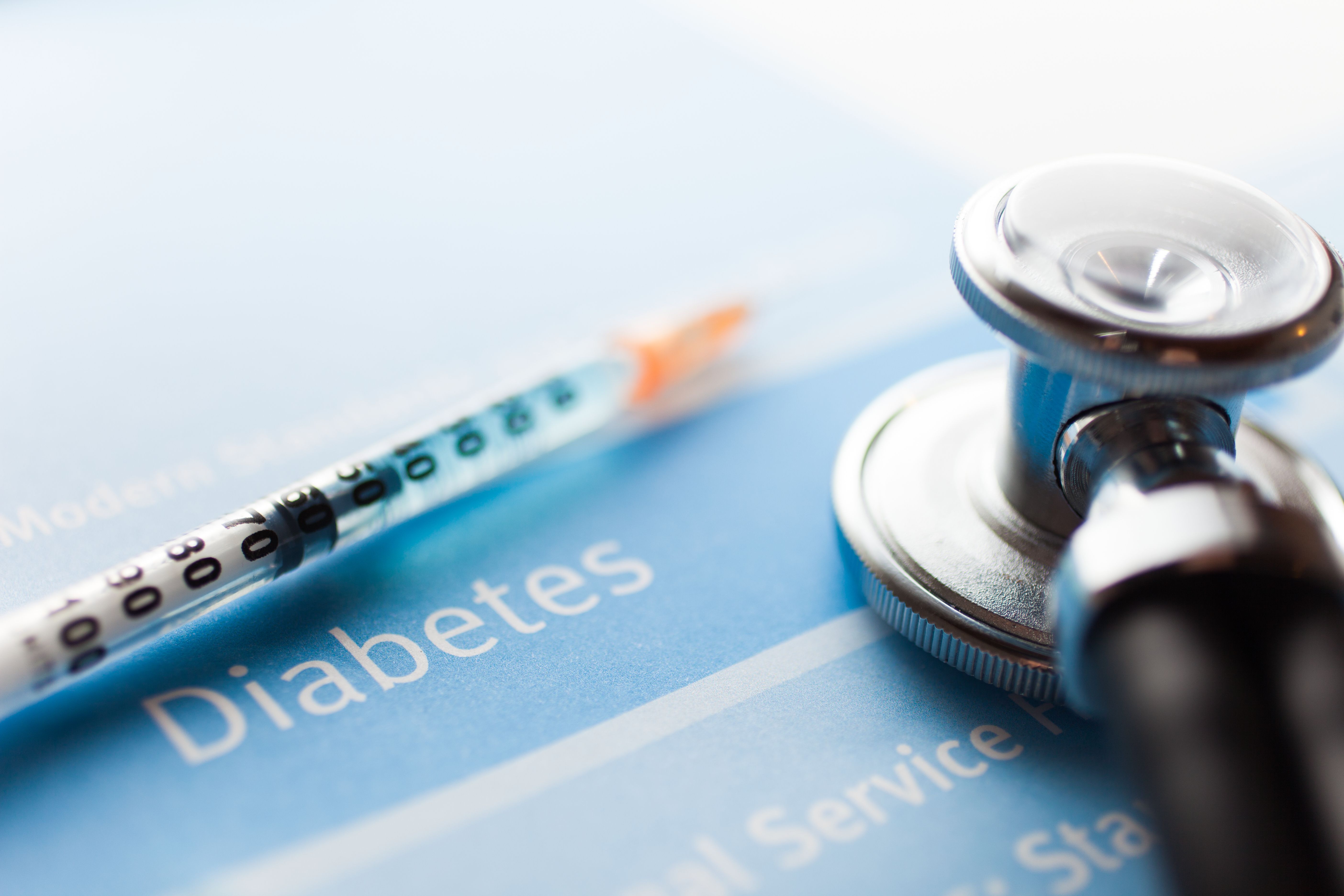News
Article
Glutamic Acid Decarboxylase Antibodies Prevalent in Intravenous Immunoglobulin, Affecting Diagnosis of Type 1 Diabetes Mellitus
Author(s):
The presence of glutamic acid decarboxylase antibodies in intravenous immunoglobulin can lead to a misdiagnosis of type 1 diabetes mellitus if a false-positive result is garnered.
Glutamic acid decarboxylase autoantibodies (GADAb), a biomarker of type 1 diabetes mellitus (T1DM), were commonly found in intravenous immunoglobulin (IVIG) products from the United States and Japan, with titers significantly varying among different lots and products, according to the results of an investigation published in Vox Sanguinis.1 These observations reinforce the need for clinicians to consider the potential for IVIG preparations to contain GADAb, which could lead to false-positive results in serological assays and a misdiagnosis of T1DM.1
Image credit: Minerva Studio | stock.adobe.com

Autoantibodies in IVIG preparations can be passively transferred to recipients, presenting a diagnostic challenge. Several studies have confirmed the presence of GADAbs in IVIG preparations, suggesting that IVIG administration could lead to GADAb positivity.1 Despite these studies, there is limited reliability in methods used to quantify GADAb, in addition to a lack of sufficient data on the variations of GADAb titers used across different IVIG brands and lots.1
The study investigators aimed to analyze titers of GADAbs in IVIG preparations and assess the potential for detecting passively acquired GADAbs in the serum of patients receiving IVIG.1
There were 5 domestic donor-derived IVIG product lots (Product A) and 1 US donor-derived IVIG product lot (Product B) used in the study. The enzyme-linked immunosorbent assay (ELISA) technique was utilized to quantify GADAb titers in human serum, with a high-dose hook effect observed.1
Following this confirmation, the investigators analyzed GADAb titers. The quantification of the IVIG products revealed significant but varied GADAb levels across the different lots and preparations.1
To enhance the reliability of their results, the investigators prepared 5 sets of pooled plasma samples, which were expected to reveal that GADAb titers are roughly 10-fold higher in IVIG. This increase was indeed observed across the lots, confirming the accuracy of their measurement and the belief that IVIG administration is likely to influence diagnosis.1
Lastly, the investigators sought to assess the diagnostic impact of passively acquired GADAb. At 3 key time points, they simulated the decline in serum GADAb titers in IVIG recipients. They found that passively acquired GADAb was detectable after IVIG administration – importantly, GADAb was detectable for more than 100 days following the most used IVIG dosage.1
The presence of GADAbs in IVIG is difficult to explain. IVIG donors will complete questionnaires that are designed to exclude individuals with diabetes mellitus or receiving transplants. Yet GADAbs are still detected in sets of pooled plasma and IVIG products.1
One possible explanation, documented by Sørgjerd et al., is that GADAbs originate from a small subset of non-diabetic individuals, which could then become concentrated throughout the fractionation and purification steps of the IVIG manufacturing process.2
In their trial, Sørgjerd et al. found that the frequency of GADAb positivity was 1.7% in a cohort of 76 patients who were considered persistently non-diabetic. Interestingly, GADAb positivity was frequently fading, with 54% losing positivity between the two phases of the trial.2
IVIG-related passive acquisition of autoantibodies has also been documented in other indications, such as in hematology patients; a study revealed that a small portion of those patients received screenings for hepatitis B core antibody prior to IVIG treatment, which led to similar issues of false-positives and misdiagnoses.3
“These findings highlight the importance of considering recent IVIG administration, maintaining patient follow-up, and quantifying GADAb levels in IVIG products for accurate diagnosis when interpreting positive GADAb test results,” the study authors wrote.1
REFERENCES
1. Miyamoto T, Fukunaga Y, Munakata A, et al. Antibodies against glutamic acid decarboxylase in intravenous immunoglobulin preparations can affect the diagnosis of type 1 diabetes mellitus. Vox Sanguinis. 2024. doi:10.1111/vox.13710
2. Sørgjerd EP, Thorsby PM, Torjesen PA, et al. Presence of anti-GAD in a non-diabetic population of adults; time dynamics and clinical influence: results from the HUNT study. BMJ Open Diabetes Res Care. 2015;3:e000076. doi:10.1136/bmjdrc-2014-000076
3. Halpern L. Minority of hematology patients receive hepatitis B screening prior to intravenous immunoglobulin exposure. Pharmacy Times. Published July 29, 2024. Accessed July 29, 2024. https://www.pharmacytimes.com/view/minority-of-hematology-patients-receive-hepatitis-b-screening-prior-to-intravenous-immunoglobulin-exposure
Newsletter
Stay informed on drug updates, treatment guidelines, and pharmacy practice trends—subscribe to Pharmacy Times for weekly clinical insights.






